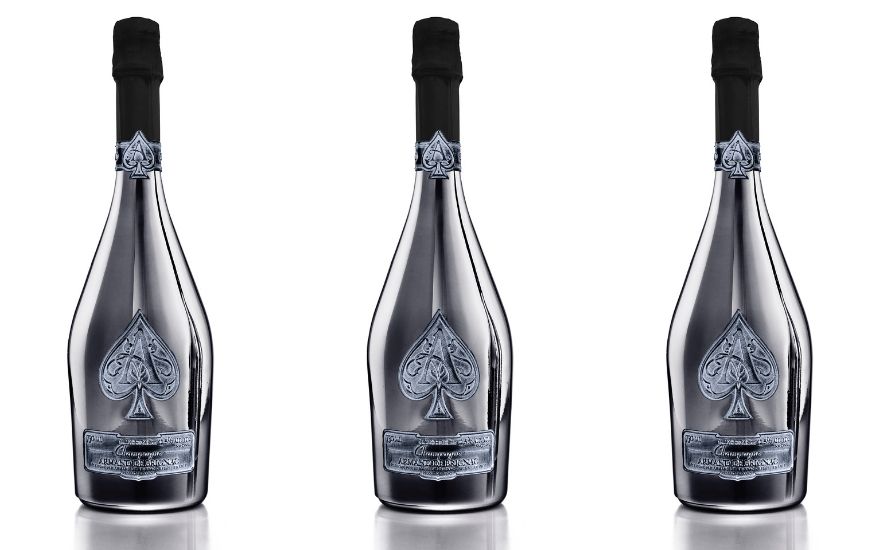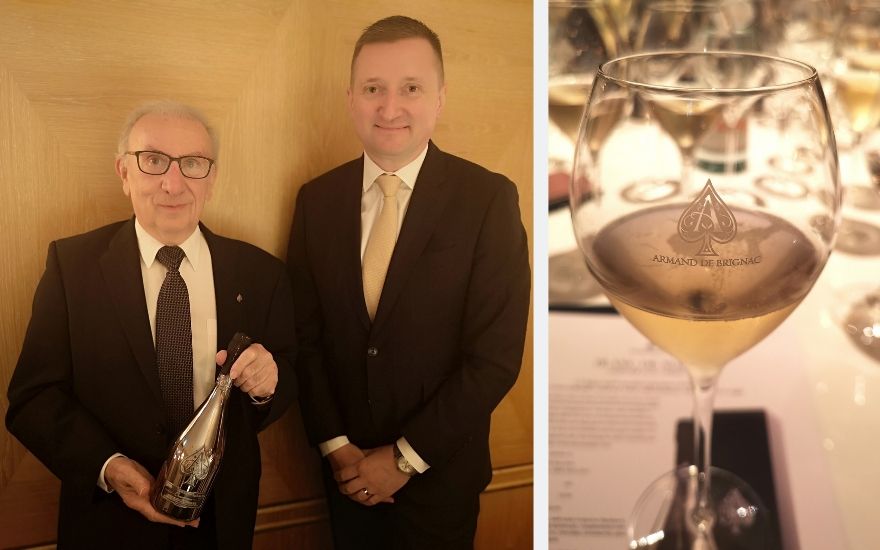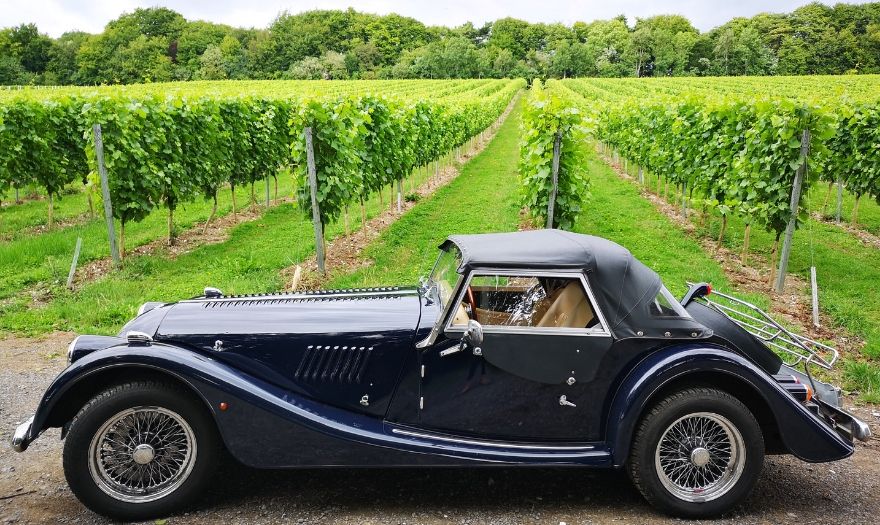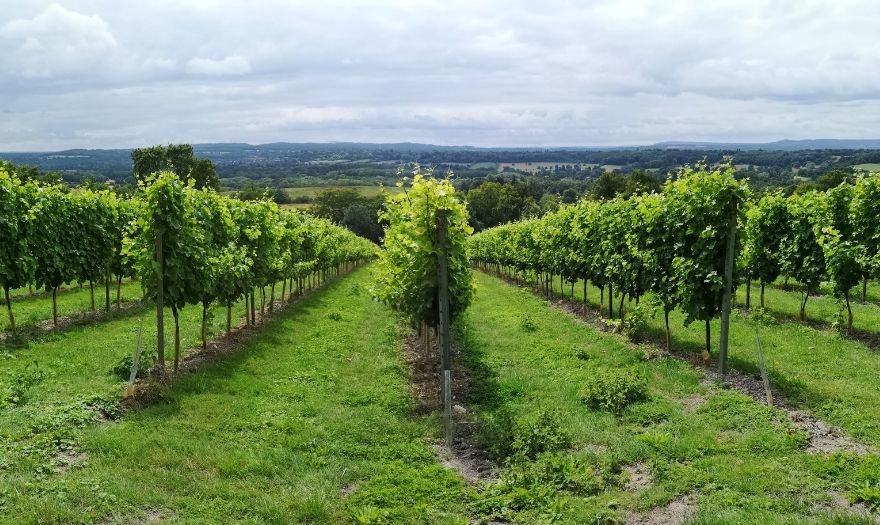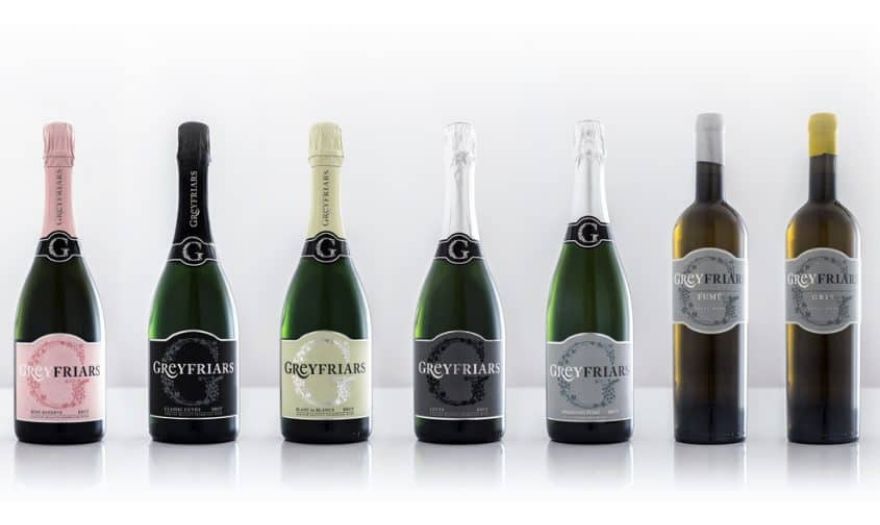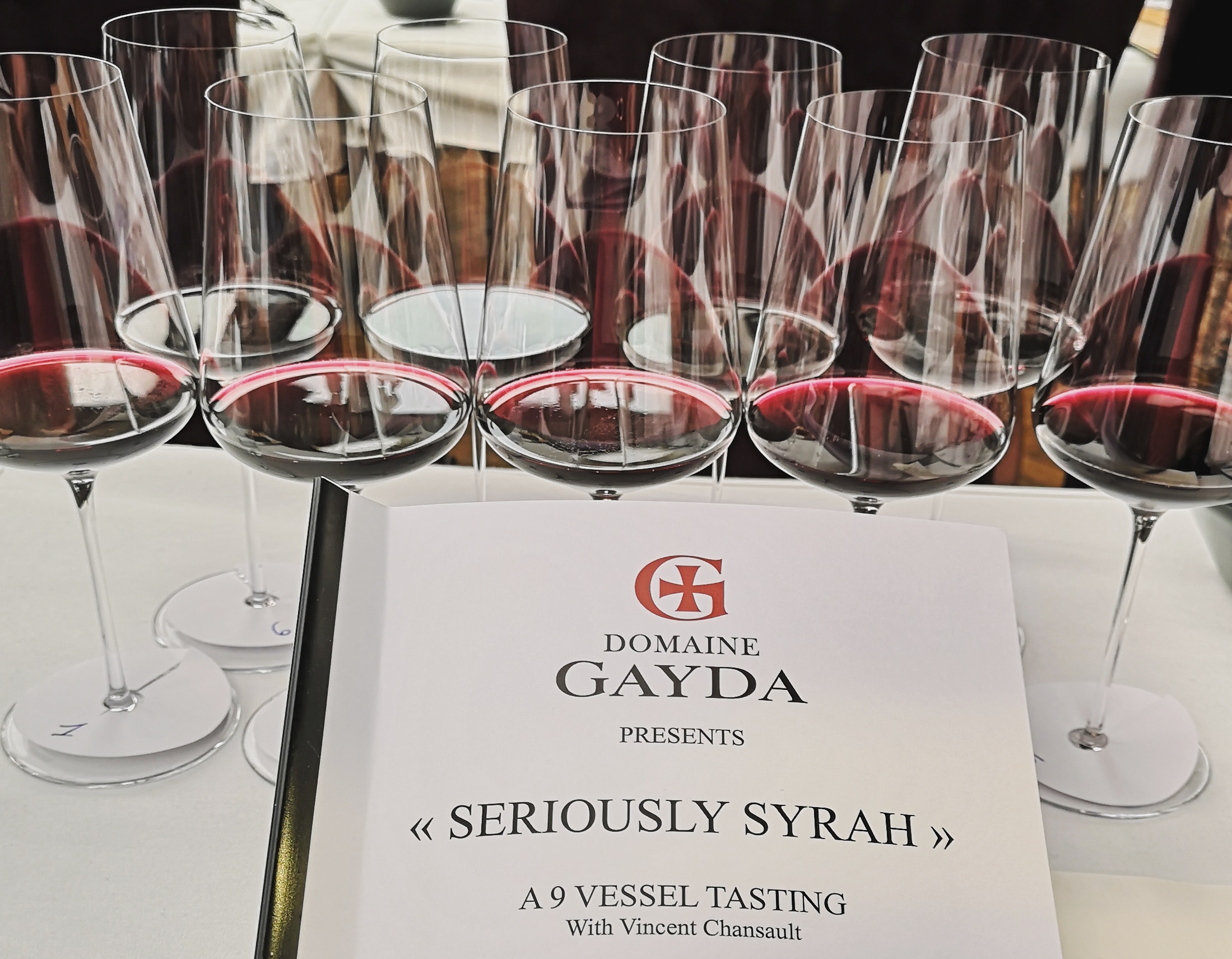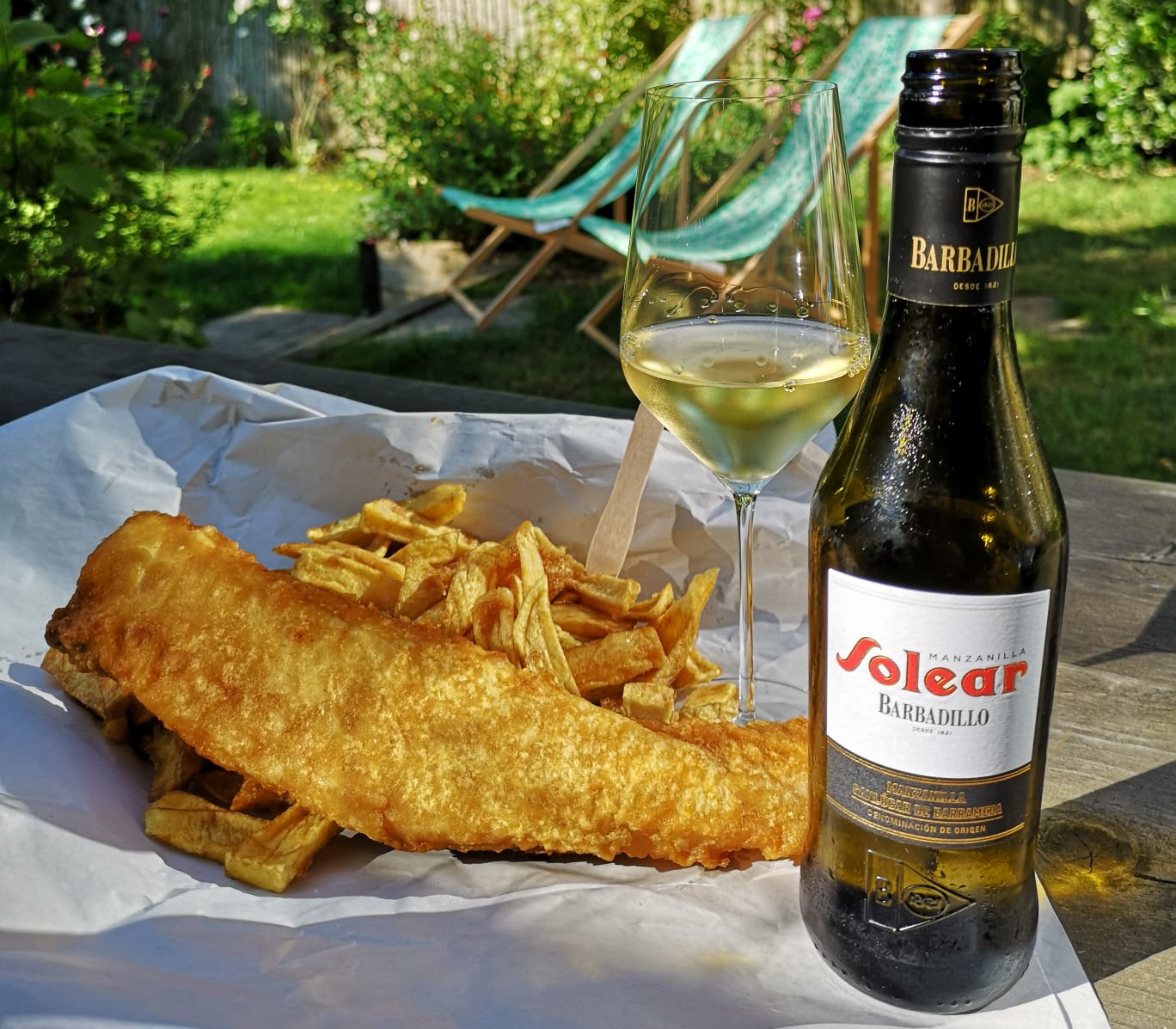If you’re a wine lover, chances are you’ll know about Coravin: the ultimate wine gadget. You may have even read about what it is and how it works on our magazine here. Did you know about the super duper, newest Model Eleven, however? Here’s the skinny on one wine gadget you won’t want to do without this winter.
Coravin, turned up to Eleven
If you’re thinking Spinal Tap rather than why model numbers three to ten don’t exist, then you’re on the right track. Coravin Model Eleven was so-named because on the scale of one to ten, team Coravin reckoned it went up to eleven. Always at the forefront of wine technology, this model does everything the previous models can do and more, plus it’s fully automated.
So, how does it work?
Charge up your Eleven with its USB charger, slot it over the top of the bottle (remember to check that it’s a real cork!) and a green light will confirm that you’re ready to go. Simply push down and tip. A small needle will puncture the cork and push inert Argon gas in, forcing wine out. Pour until you decide to stop; it works out the exact amount of gas you need. The cork will reseal itself almost immediately, thus preventing oxygen from getting in and spoiling the wine. Et voila! Your Coravin will then sleep up until you next pick it up again.
As well as the automation, Coravin Model Eleven does some other natty things. Using bluetooth technology, you can sync it up to the Coravin Moments App: an app designed to match wines to moments, be they food, music, films, books and more (read more here). It helps you keep tabs on battery life, on how much gas remains in your canister and sends reminders for when to service and clean your Coravin.
When would you use it?
Oh Coravin, how do we use thee? Let us count the ways! When we spoke to the founder, Greg Lambrecht, he told us the Coravin came into being because he wanted to be able to enjoy a single glass of decent wine without worrying that the rest of the bottle would be wasted if it wasn’t all tasted that night. Great for one glass but also great if you want to try several glasses of different wines without opening them all up. Perhaps you’re serving a dinner with several courses and want to build your own tasting menu? Maybe you want to see if that wine in the cellar is ready to drink without pulling the cork? If your favourite wine bar has one too, you’ll know that you can afford that one small glass of something rather special without having to purchase a whole bottle. Quite simply, it’s genius.
What does Coravin Model Eleven come with?
If you like your gadgets, you’ll love unboxing the Eleven. As well as its soft, stylish carry case and sturdy display base, you’ll get a pack of six gas canisters; enough for around ninety glasses. There’s also a dedicated aerator, which attaches to the Coravin spout to air the wine as it pours, giving even smoother results (they say it’s the equivalent of over an hour’s worth of decanting). As a brilliant extra, the pack also includes six Coravin screw caps, which will allow you to use your swanky new toy on screw capped wine! Each one is made with silicon which can be used up to one hundred times.
We’re addicted to ours and we’d love to know what you think! If you have one, send us a message. You can find out more about Coravin on their website.









